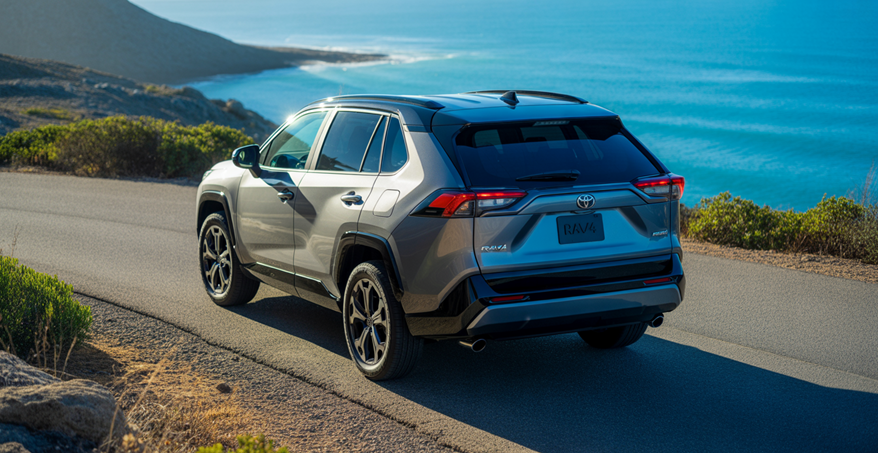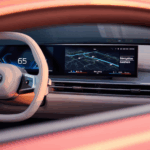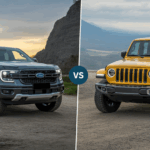Why plug-in hybrids may still be the smartest buy in 2025.
As electric vehicle (EV) adoption surges in the United States, a growing question looms in the minds of eco-conscious drivers: Are plug-in hybrids (PHEVs) still relevant?
With automakers racing toward all-electric lineups, the middle-ground appeal of plug-in hybrids faces scrutiny.
Yet, for many American buyers, PHEVs offer unmatched versatility, especially when models like the 2025 Toyota RAV4 Prime and 2025 Ford Escape PHEV are thrown into the mix.
This article explores the state of plug-in hybrids in 2025, compares top PHEV models against pure EVs, and delivers the insights drivers seek before making a five-figure commitment.
The real-world appeal of plug-in hybrids
Despite the hype around full-electric models, range anxiety, charging infrastructure gaps, and high upfront costs continue to make plug-in hybrids a pragmatic option for many U.S. households. PHEVs bridge the gap with the ability to run on electric-only power for short commutes while retaining a gasoline engine for longer trips, reducing downtime and offering more flexibility.
Key benefits of PHEVs in 2025:
-
Electric-only range between 30–45 miles
-
No need for exclusive reliance on charging stations
-
Lower total cost of ownership in many states with incentives
-
No fear of getting stranded in rural areas with poor EV infrastructure
2025 Toyota RAV4 Prime: Power meets efficiency
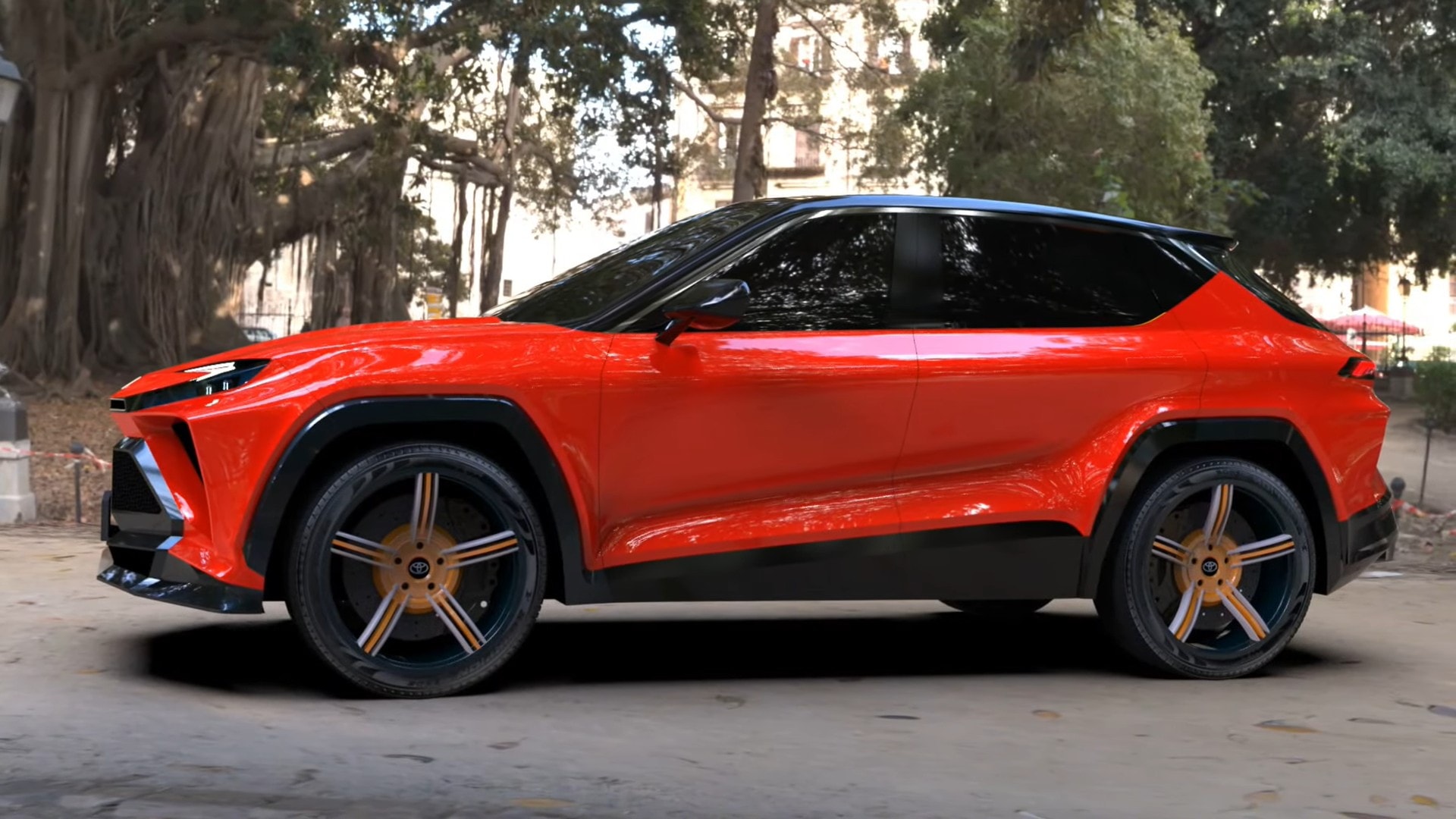
The Toyota RAV4 Prime continues to dominate the PHEV segment for a reason. With up to 42 miles of electric range and a combined 94 MPGe, it offers more EV capability than most hybrids. Under the hood, its 2.5-liter engine and electric motors produce 302 horsepower, making it one of the quickest compact SUVs on the market.
-
Price range: $43,690 – $47,560
-
Electric range: 42 miles
-
Total range: 600+ miles
-
0–60 mph: ~5.7 seconds
For families and professionals seeking an SUV that handles daily electric commutes and weekend getaways alike, the RAV4 Prime remains a compelling contender.
2025 Ford Escape PHEV: Subtle and smart
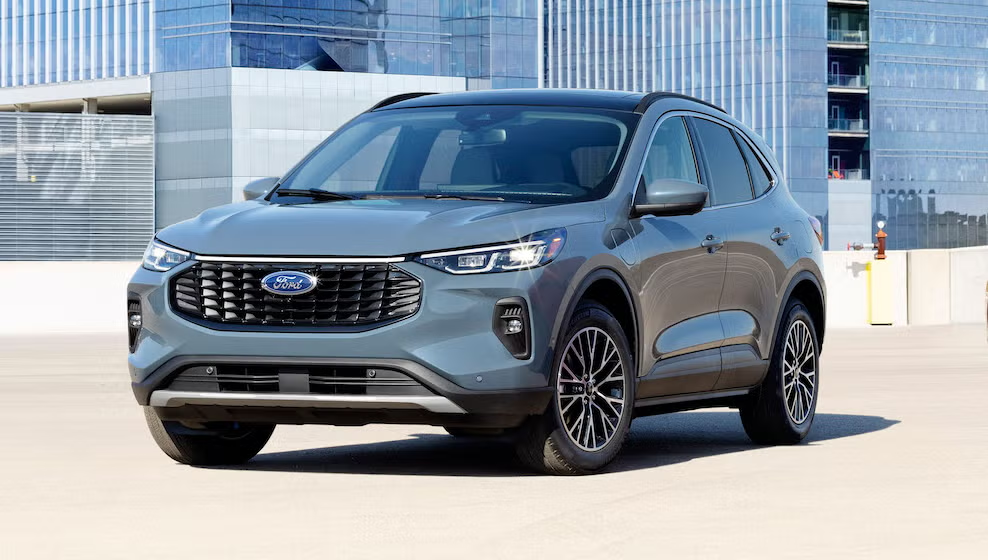
Ford’s strategy with the Escape PHEV is less about flash and more about efficiency. Delivering up to 37 miles of electric-only range, the Escape uses a front-wheel-drive setup powered by a 2.5-liter Atkinson-cycle engine and electric motor combo producing 210 horsepower.
-
Price range: $40,500 – $44,000
-
Electric range: 37 miles
-
Total range: ~520 miles
-
0–60 mph: ~7.7 seconds
Ideal for urban dwellers, the Escape PHEV offers a smooth ride, solid interior tech, and competitive pricing. Though it lacks AWD, its refined driving dynamics and practical electric range keep it in the fight.
Pure EVs: The competitive edge and growing pains
Electric vehicles like the Tesla Model Y, Hyundai Ioniq 5, and Chevrolet Blazer EV are reshaping consumer expectations. With ranges from 260 to over 330 miles, fast-charging capabilities, and cutting-edge infotainment, they outshine PHEVs in pure electric performance.
But they come with caveats:
-
Tesla Model Y
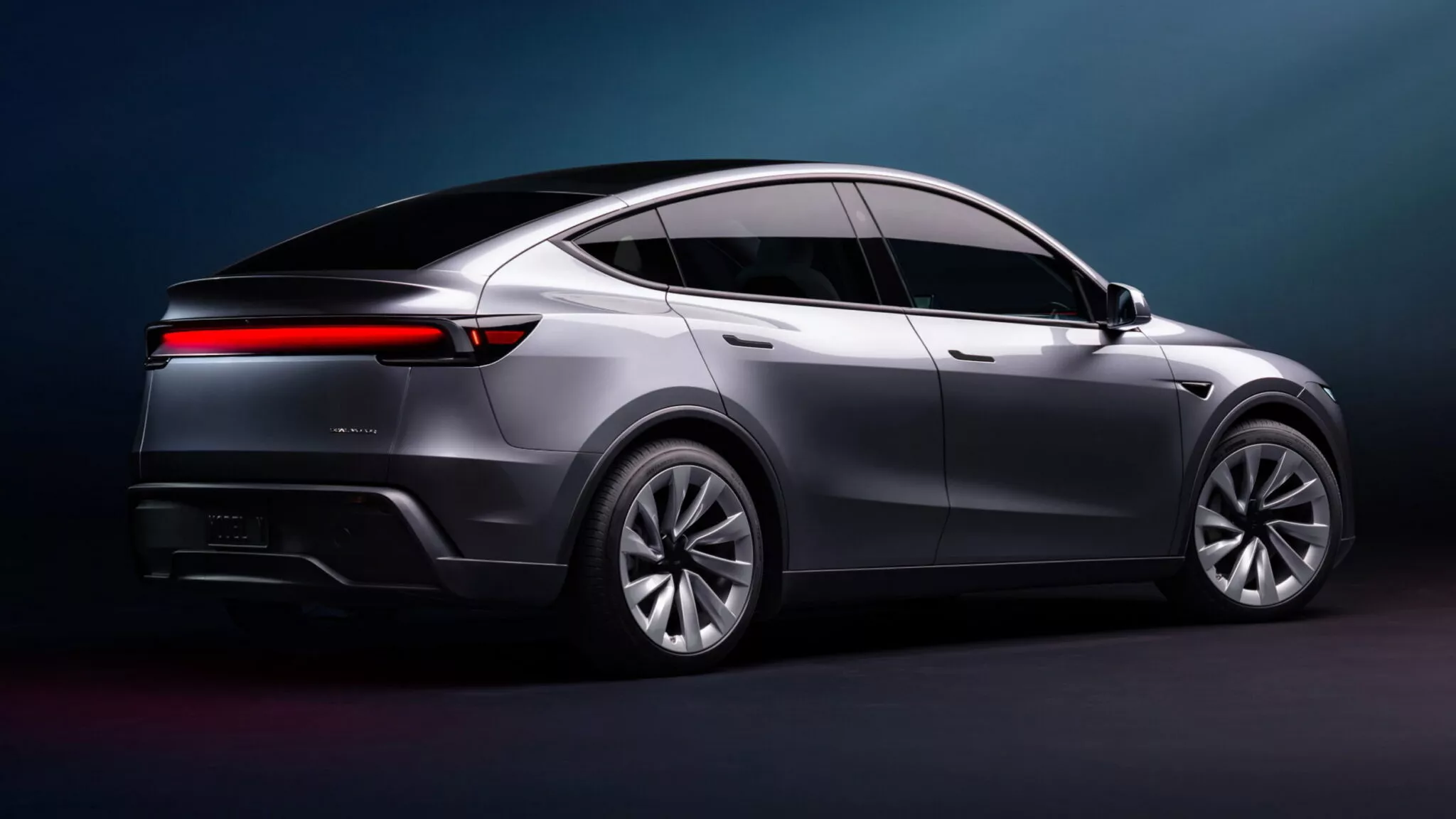
Starts at around $44,990 with up to 330 miles of range, but charging reliability depends heavily on the Supercharger network, which is now being opened to competitors but still transitioning.
-
Hyundai Ioniq 5
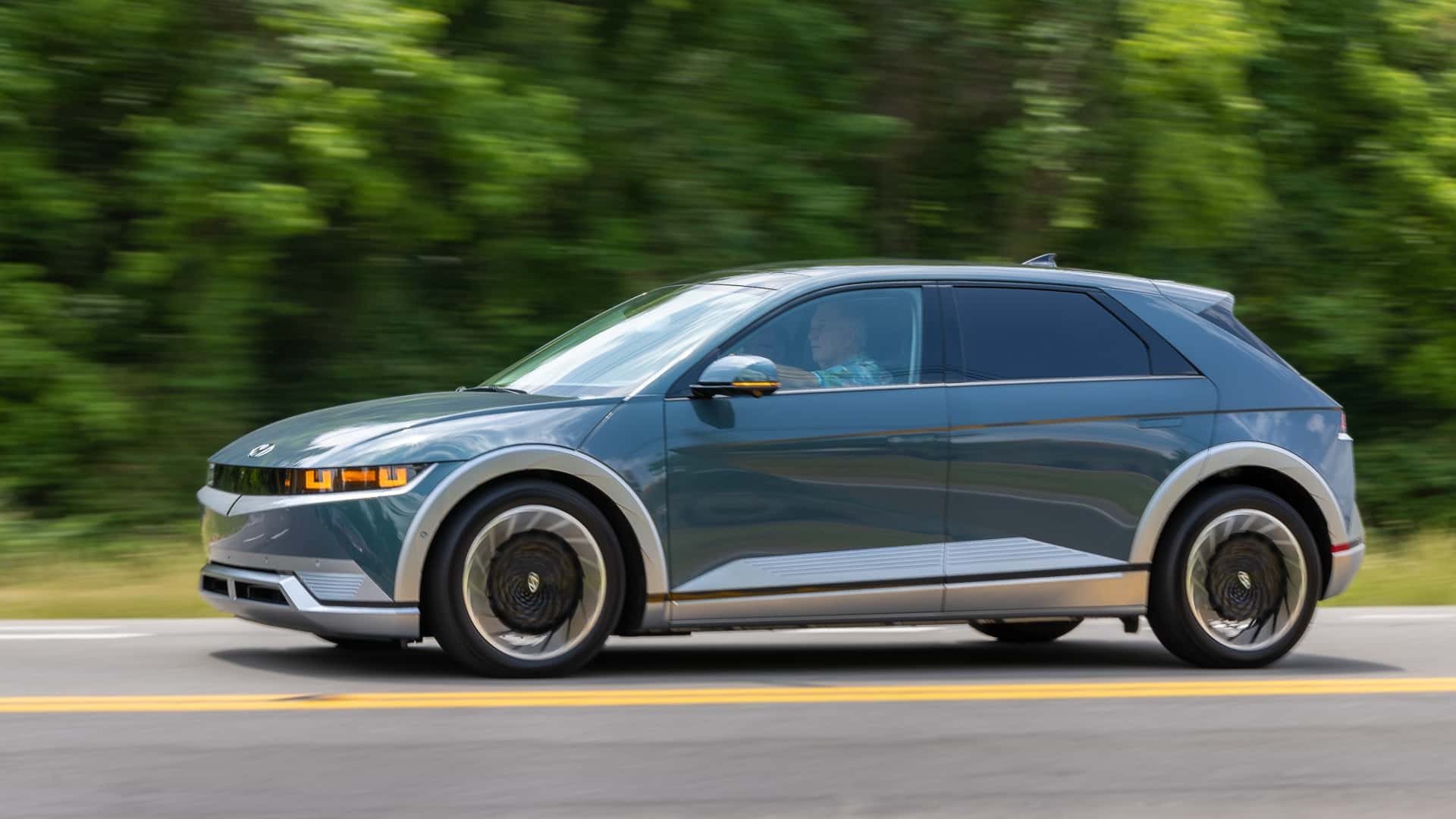
With a starting price of $41,800, it offers up to 303 miles of range and ultra-fast charging—adding ~68 miles in just 5 minutes under ideal conditions.
-
Chevrolet Blazer EV
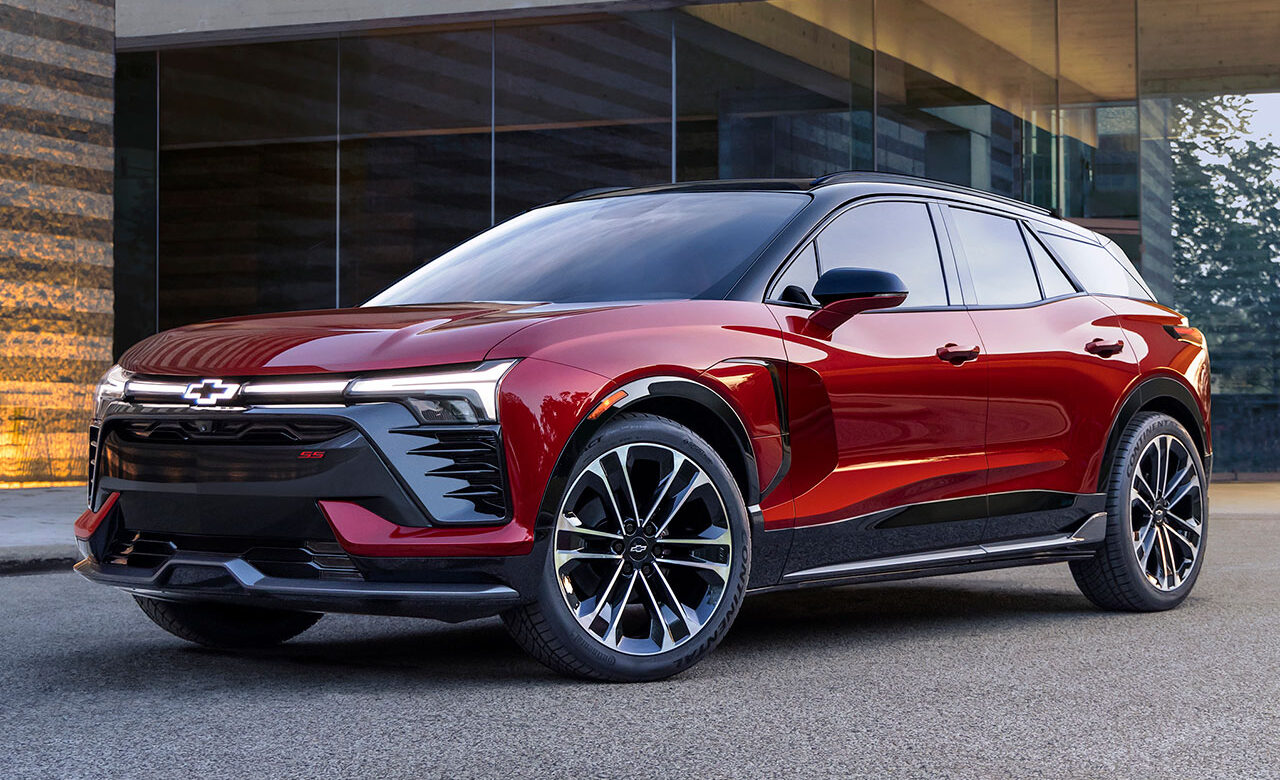
Priced from $48,800, it promises up to 324 miles of range, but early models have been delayed and initial reviews point to software kinks.
Charging infrastructure, while improving, remains inconsistent across the U.S., particularly in rural and suburban areas. Pure EVs also face higher insurance premiums and repair costs, making PHEVs more budget-friendly in many use cases.
Why plug-in hybrids are not dead—yet
Despite aggressive EV incentives and fleet electrification goals by major automakers, PHEVs remain the most practical bridge technology for millions of Americans. They cater to real-world driving patterns, especially for:
-
Homeowners without Level 2 chargers
-
Drivers in colder climates where EV range drops
-
Multi-car households where one vehicle handles long road trips
-
Shoppers looking to avoid the upfront cost of high-range EVs
Sales data from Q1 2025 indicates a 7% increase in PHEV registrations, particularly in states like Colorado, Pennsylvania, and Texas, where charging infrastructure is growing but not yet ubiquitous.
Choosing the right powertrain in 2025
Buyers evaluating options today are less focused on brand cachet and more attuned to total ownership cost, charging logistics, and long-term reliability. For many, PHEVs like the Toyota RAV4 Prime and Ford Escape PHEV hit a rare sweet spot: electric capability without the lifestyle overhaul.
If your daily roundtrip is under 40 miles, a PHEV lets you drive gas-free during the week, with gas backup for road trips or emergencies. And unlike EVs, PHEVs qualify for certain state and federal tax credits without being limited by MSRP caps in several programs.
The verdict: Still a smart move
Plug-in hybrids are far from obsolete in 2025. In fact, for many Americans, they’re the most balanced, cost-effective solution during this EV transition phase. Models like the RAV4 Prime and Escape PHEV prove that electrification doesn’t have to mean compromise.
Until fast-charging is ubiquitous and EV pricing stabilizes, PHEVs will continue to play a vital role in the U.S. automotive landscape. Buyers seeking the best of both worlds—electric and gas—should not overlook what might be the most practical technology of the decade.
